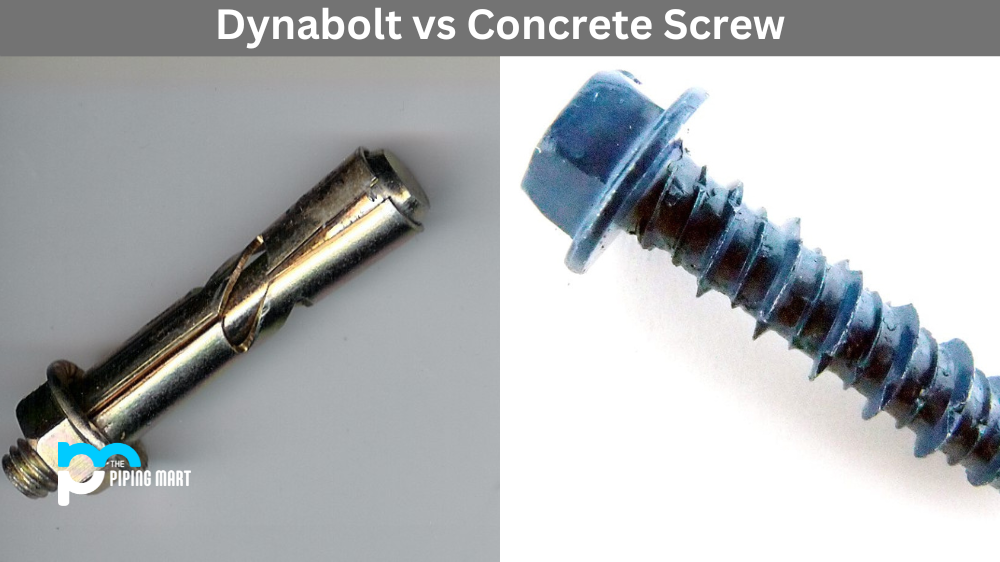When constructing a new building or performing repairs, the type of fastener you choose can significantly impact the strength and durability of your work. Two popular choices for securing items to the concrete are dynabolt and concrete screws. Both options have unique advantages and drawbacks, which can be challenging. In this blog post, we’ll compare Dyna bolts and concrete screws to determine the best for your construction needs.
What is Dyna Bolt?
Dynabolts, also known as wedge anchors, are heavy-duty fasteners typically used for structural applications that require a bolt to be embedded in concrete, brick, or masonry. Dynabolts are ideal for applications requiring a high load-bearing capacity level because they have increased tension and shear strength. They work by expanding the wedge-shaped body when you tighten the nut. They include a bolt and an expanding sleeve and are available in different lengths and diameters to meet the structural requirements.
What is Concrete Screw?
Concrete screws, or Tapcons, are self-tapping screws used in concrete, brick, and block. They are much quicker to install than Dynabolt anchors. Concrete screws have a high level of holding power even though they have lower shear strength than Dyna bolts. Concrete screws work by drilling a hole of the correct diameter and then tapping the screw with a drill to embed it into the concrete surface.
Difference Between Dynabolt and Concrete Screw
Factors to Consider
When choosing between Dyna bolts and concrete screws, significant factors should influence your decision. One of the principal factors is the strength of the anchoring method. Dyna bolts are the way to go if you require more holding power. If you need to install supports quickly and adequately, concrete screws would be the better choice. Another factor is the diameter and length of the material you intend to fasten. Dynabolts have more substantial diameters, making them ideal for extremely heavy-duty work, while concrete screws are suitable for lighter-duty installations.
Installation and Removal
The ease of installation and removal is another significant factor when choosing between Dyna bolts and concrete screws. If you plan to remove and reuse the fasteners, then concrete screws are the better option, as they come out easily with less damage to the concrete. However, if pull-out resistance is crucial, Dyna bolts are the better choice, as they require significant removal force.
What are they?
Dynabolt and concrete screws are both types of fasteners that can be used to secure objects to concrete.
How do they work?
Dynabolt and concrete screws work by being inserted into a pre-drilled hole in the concrete. The screw is then turned, which causes it to expand and grip the sides of the hole, securing the object in place.
Advantages of Dynabolt
One advantage of Dynabolt over concrete screws is that it is easier to remove if necessary. Additionally, Dynabolt is less likely to loosen over time than concrete screws.
Advantages of Concrete Screws
One advantage of concrete screws over Dynabolt is that they are less expensive. Additionally, concrete screws can be used in applications where Dynabolt is inappropriate, such as when attaching something to brick or stone.
Conclusion
Making the right fastener choice can be the difference between a secure and reliable construction and a shoddy one. While Dyna bolts and concrete screws have advantages and disadvantages, your specific needs determine your best option. So, use Dyna bolts if you need high-loading capacity and significant strength. But if speed and ease of installation are a priority, or if you anticipate the need to remove and reuse fasteners, then concrete screws would be the better choice. Evaluate all factors to determine the right choice for your project.

Pipingmart is a B2B portal that specializes in metal, industrial and piping items. Additionally, we share the latest information and information about materials, products and various types of grades to assist businesses that are involved in this business.




